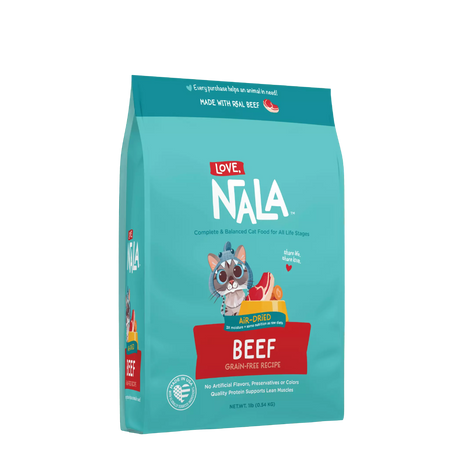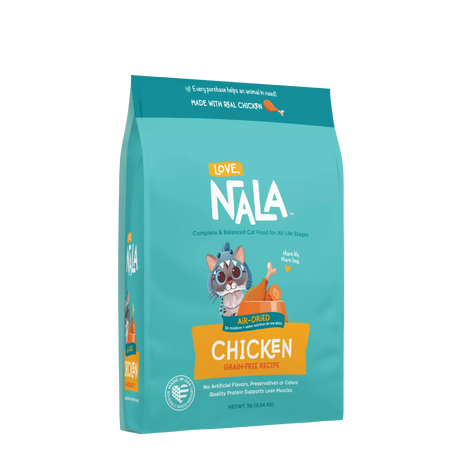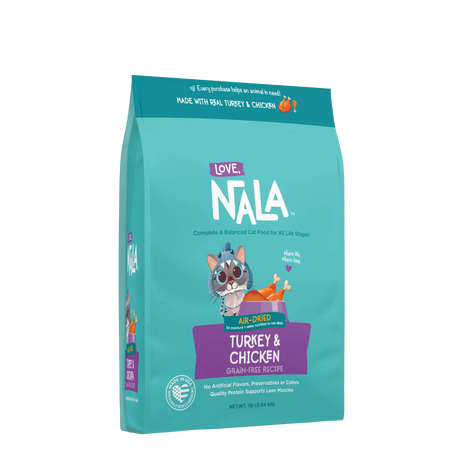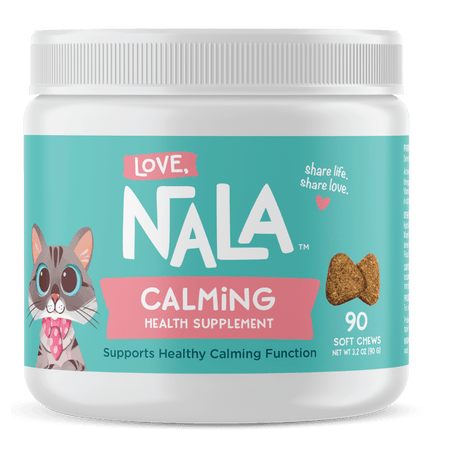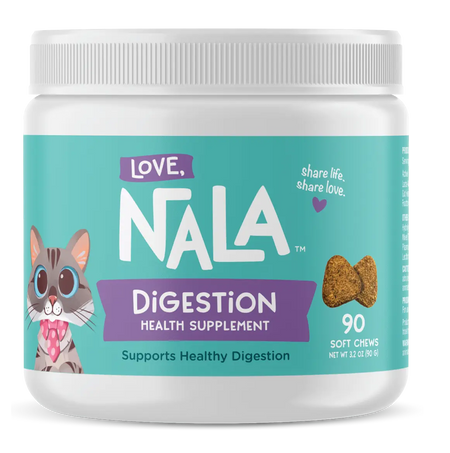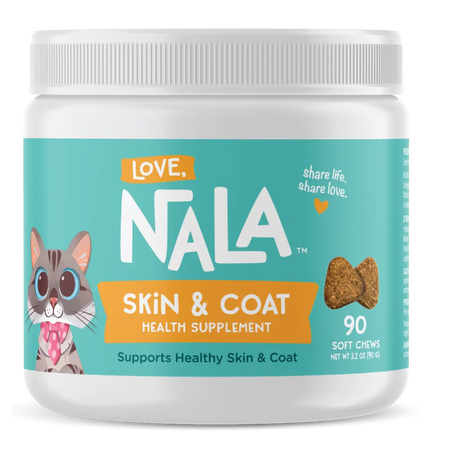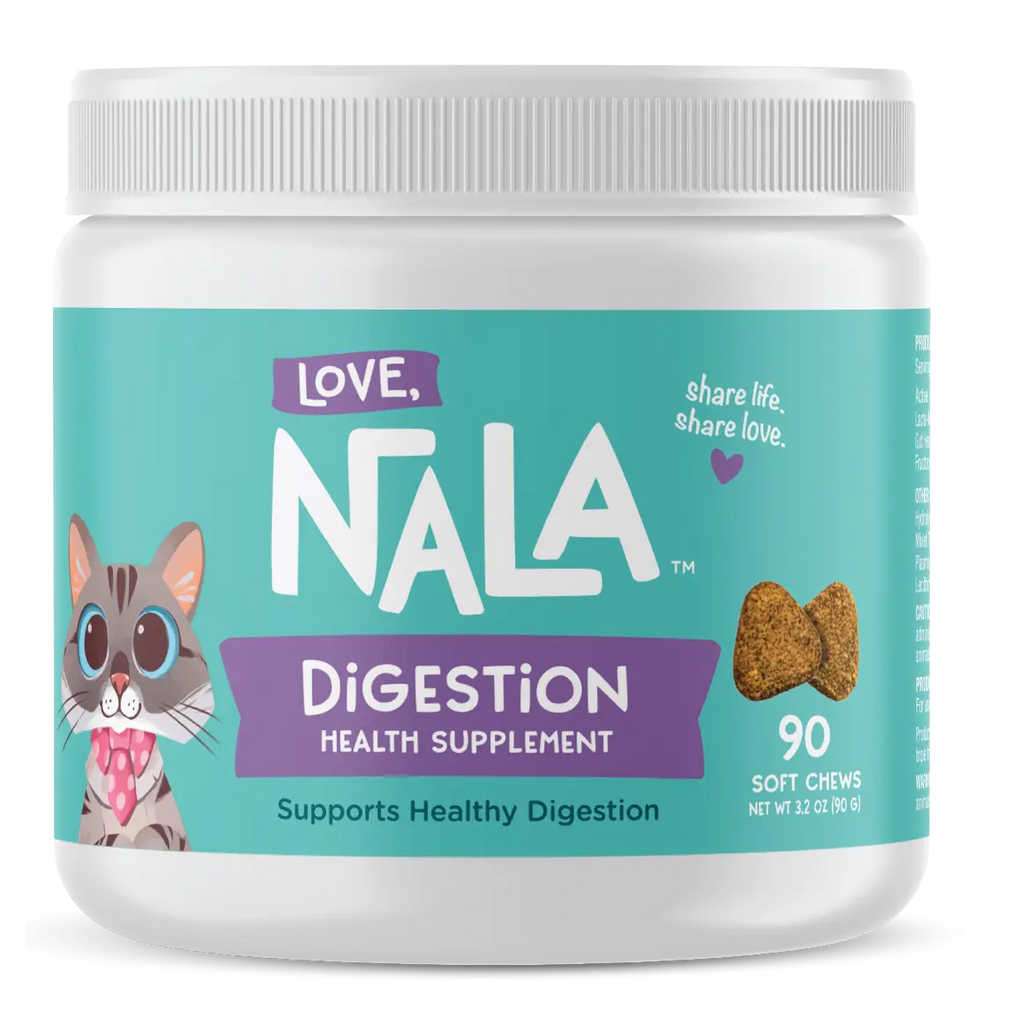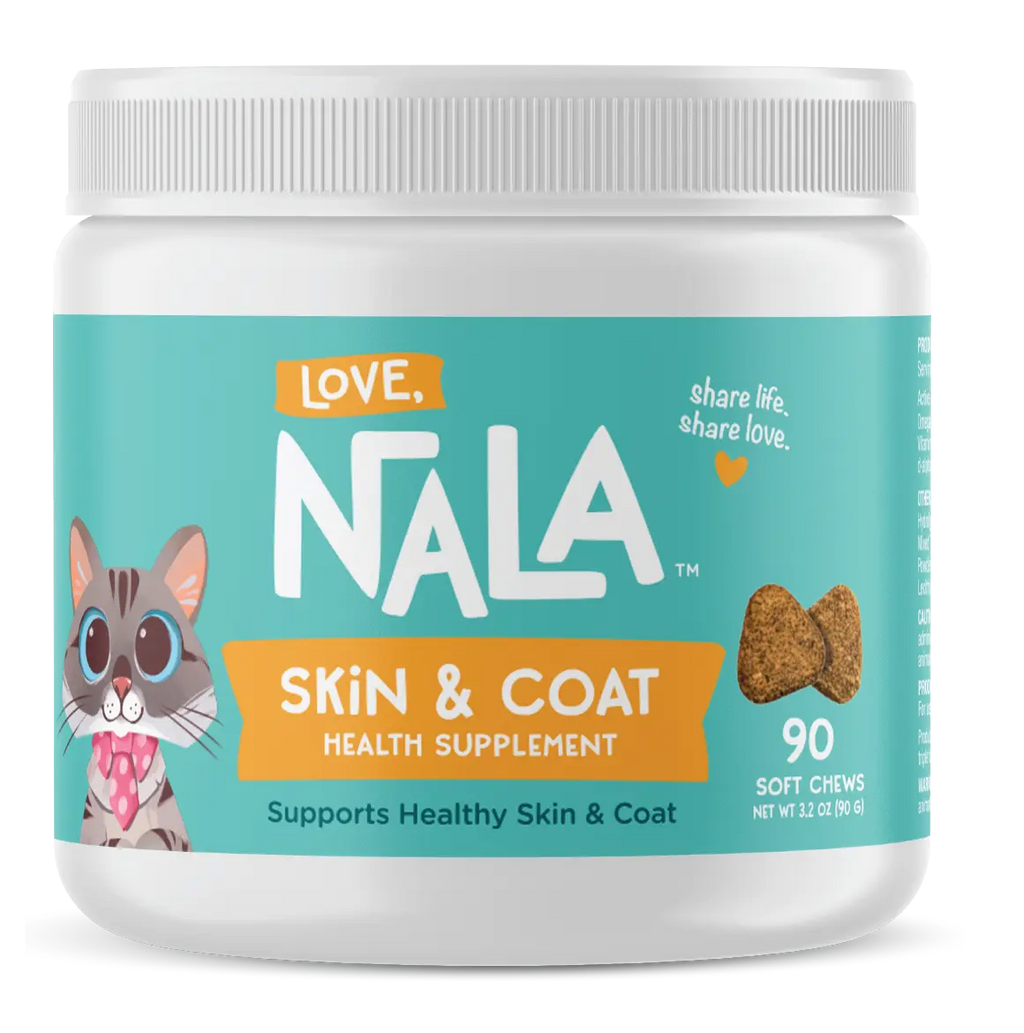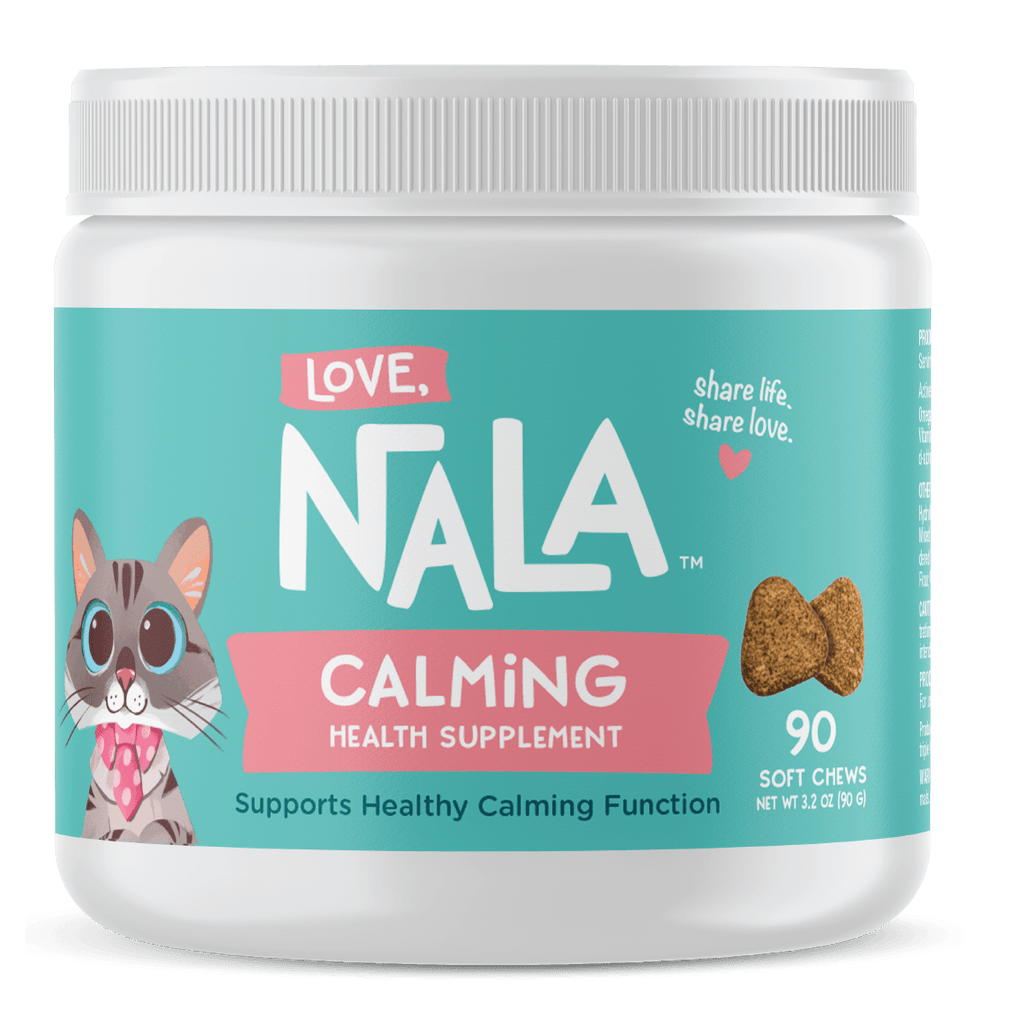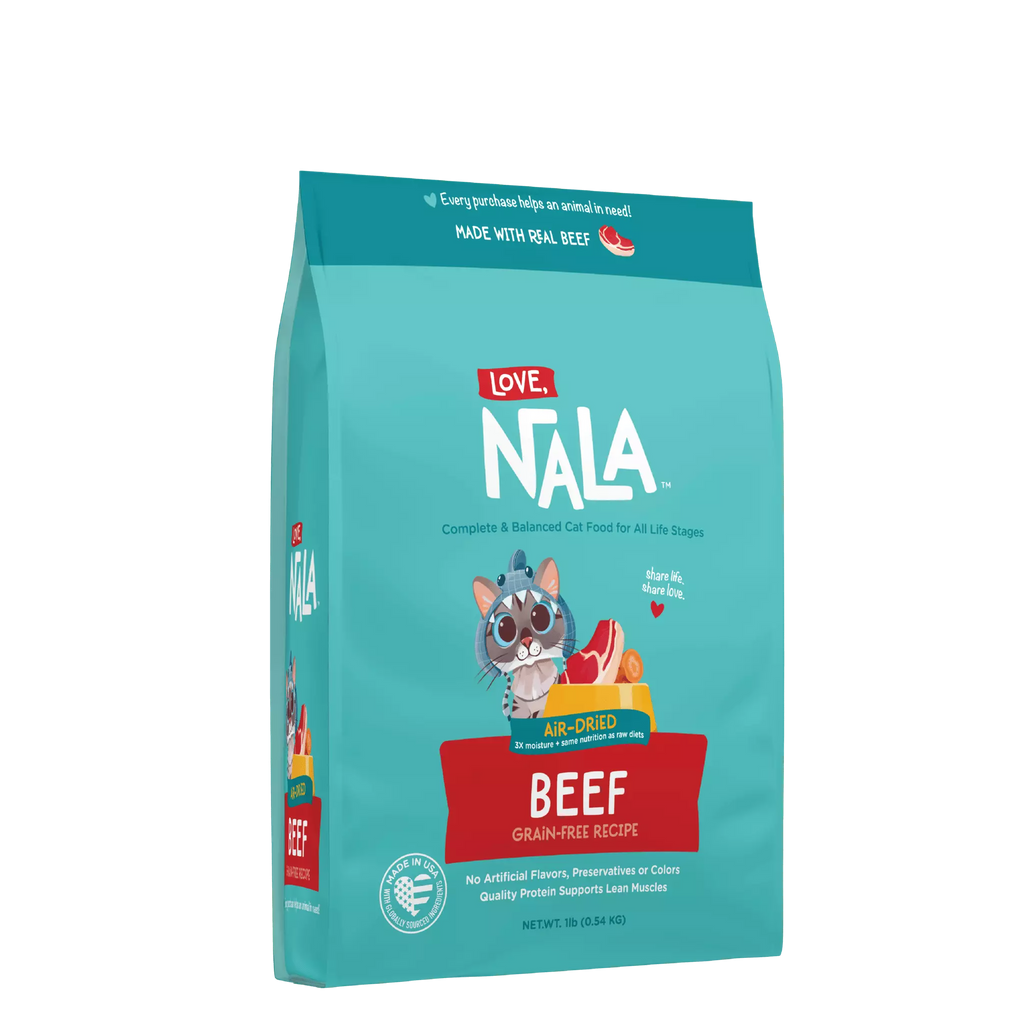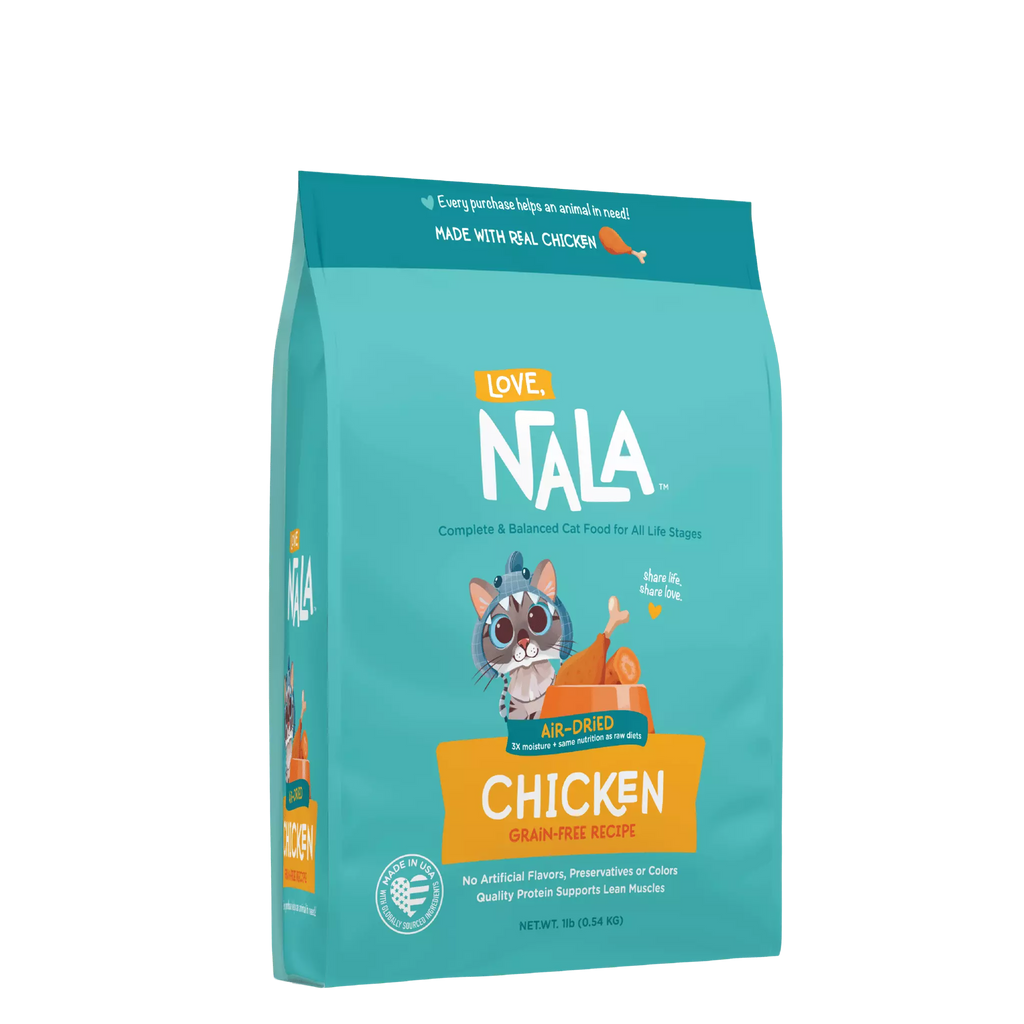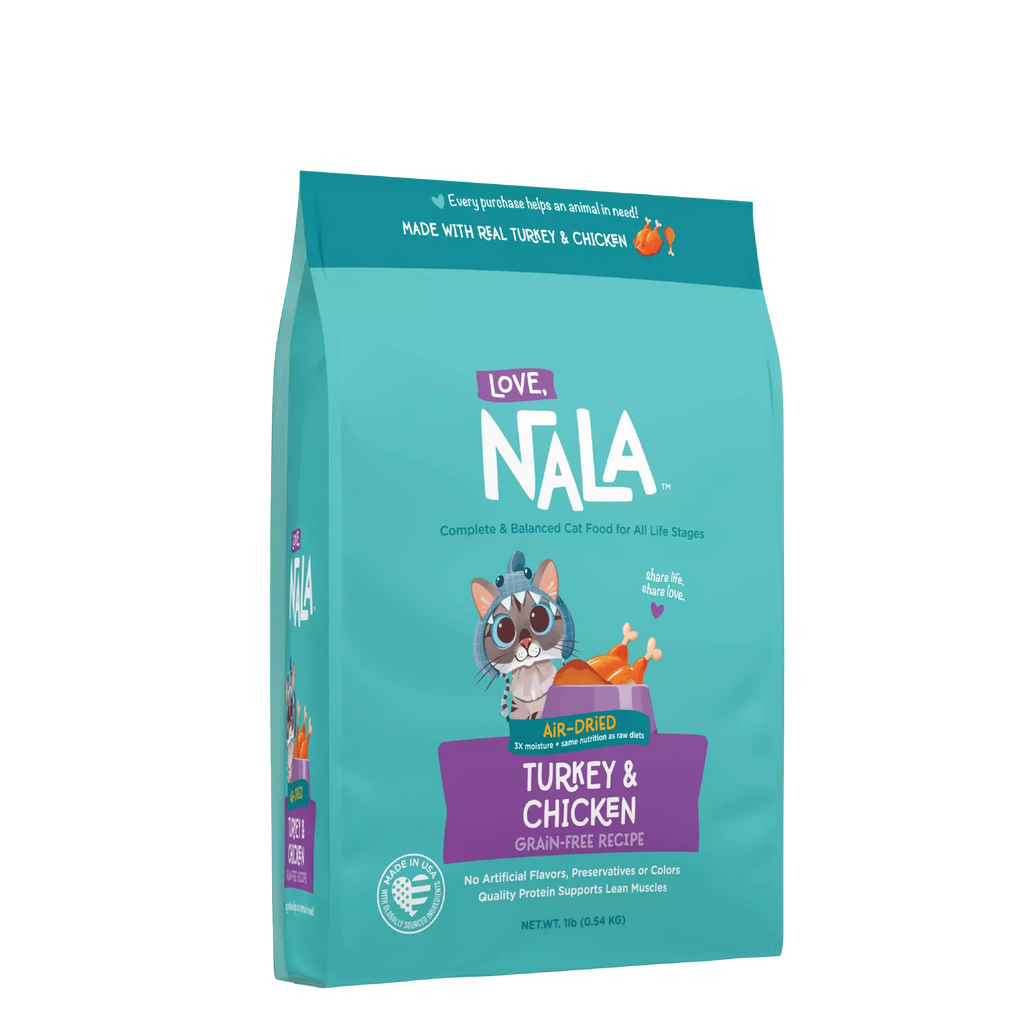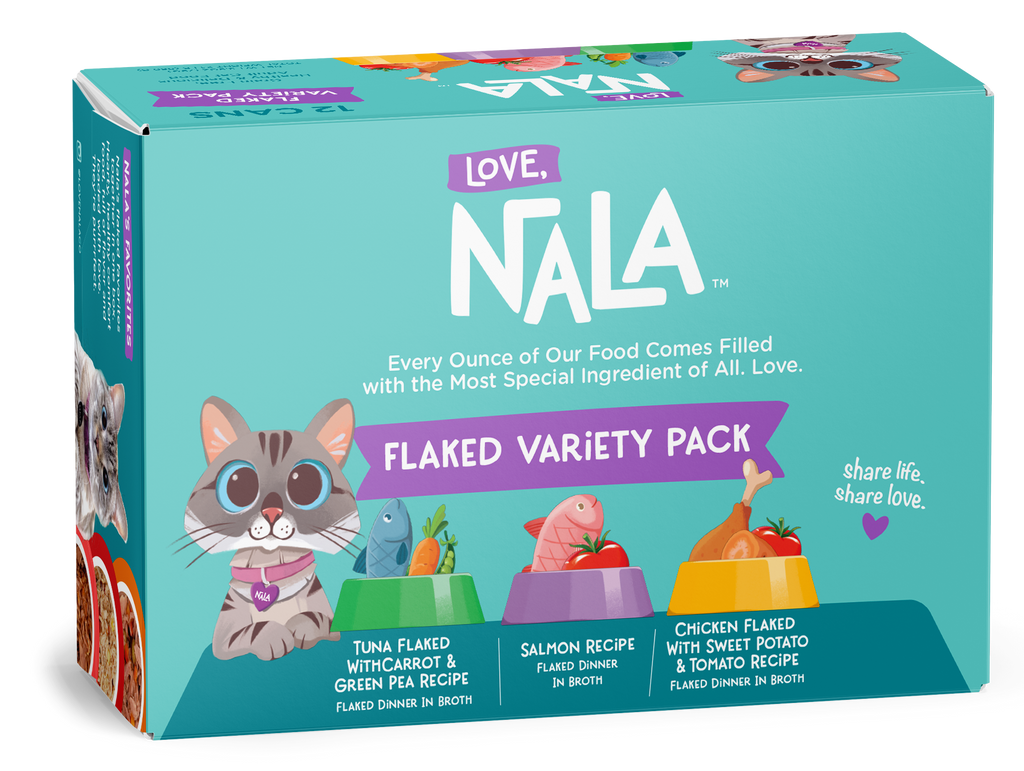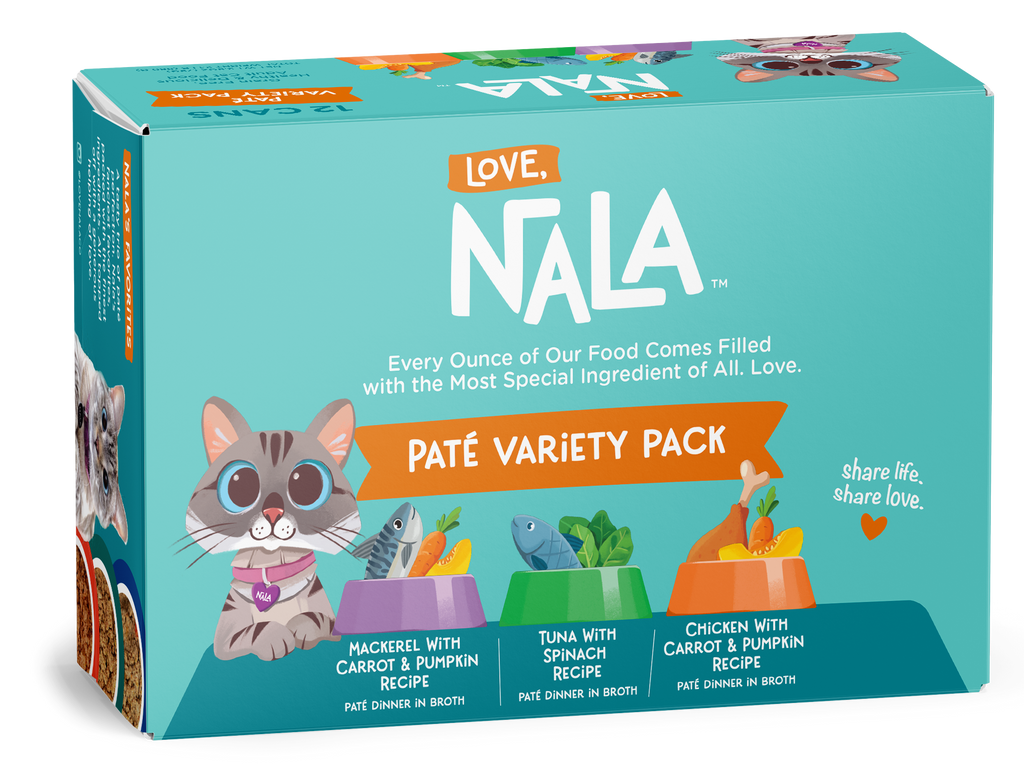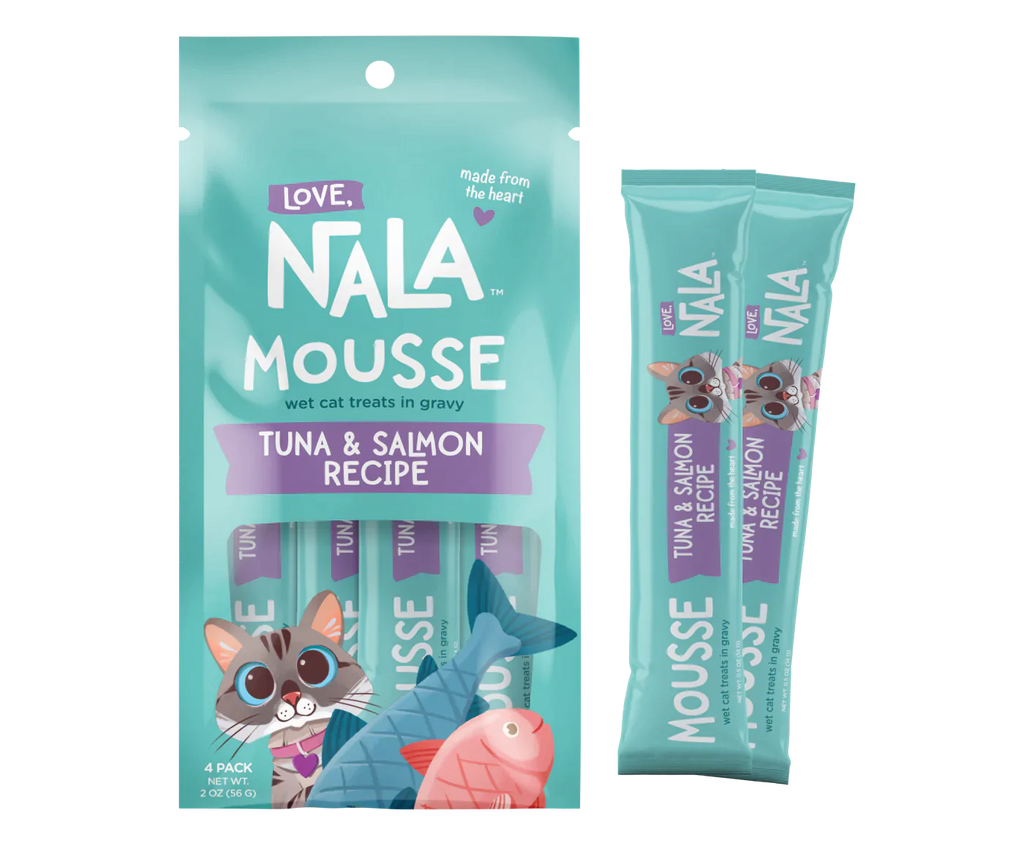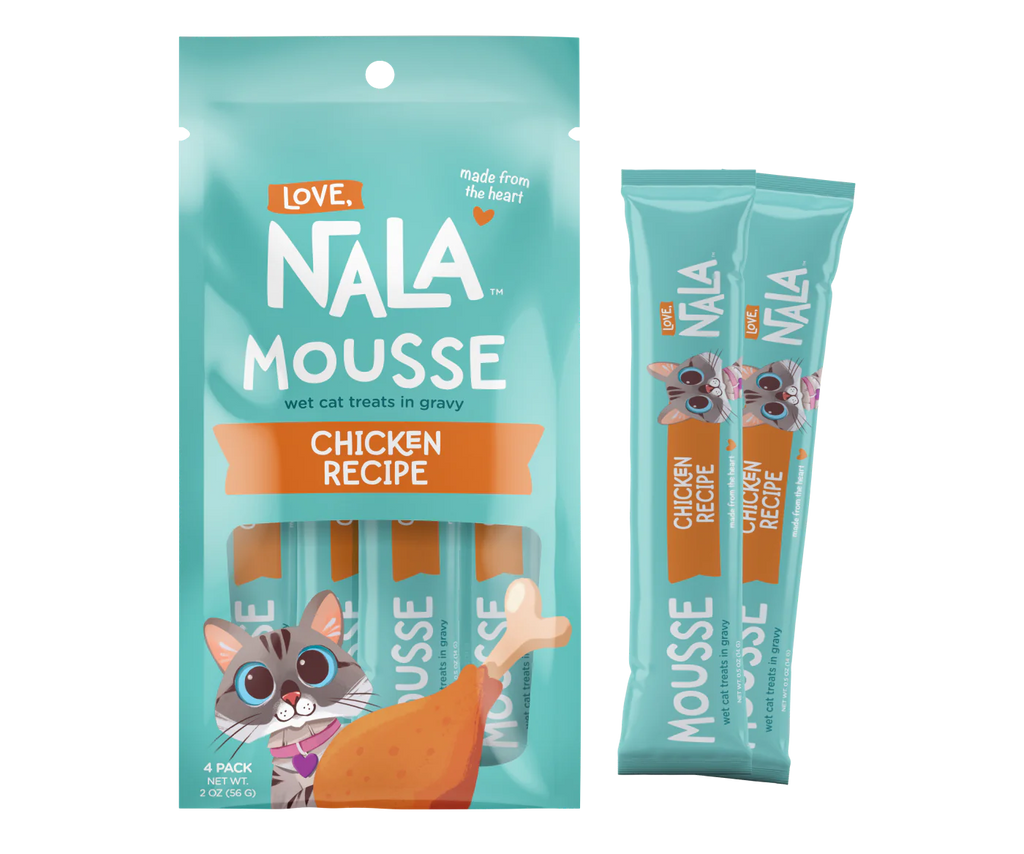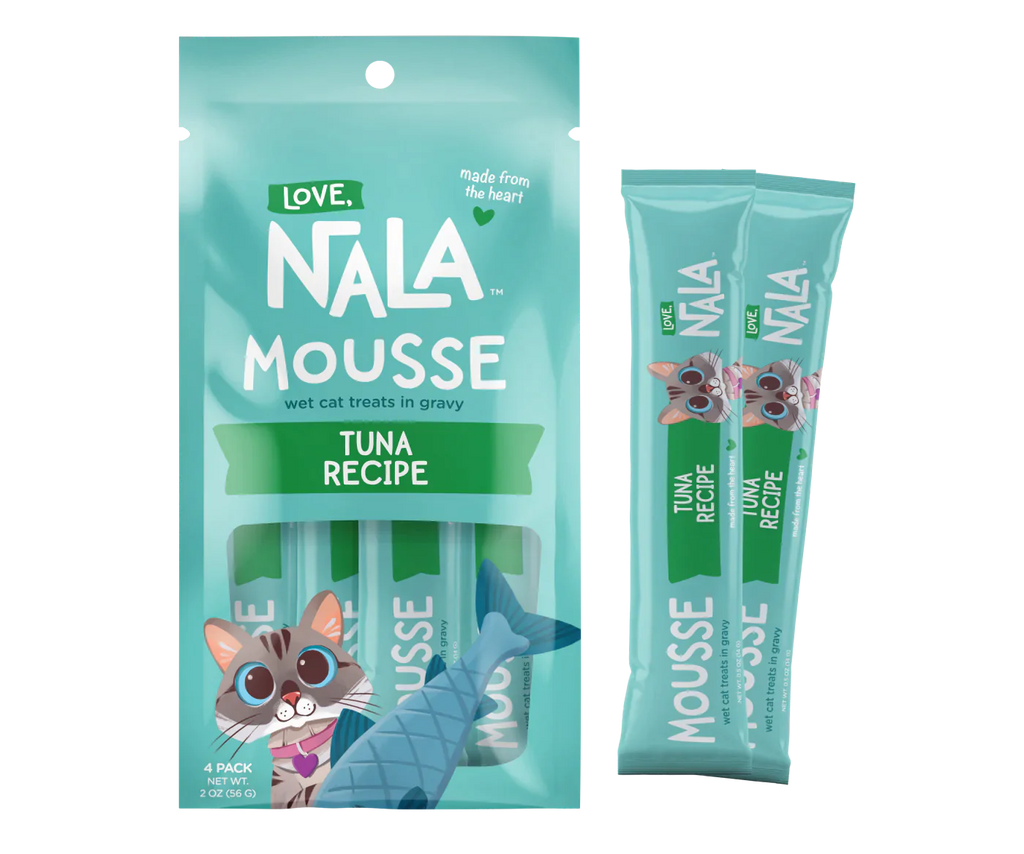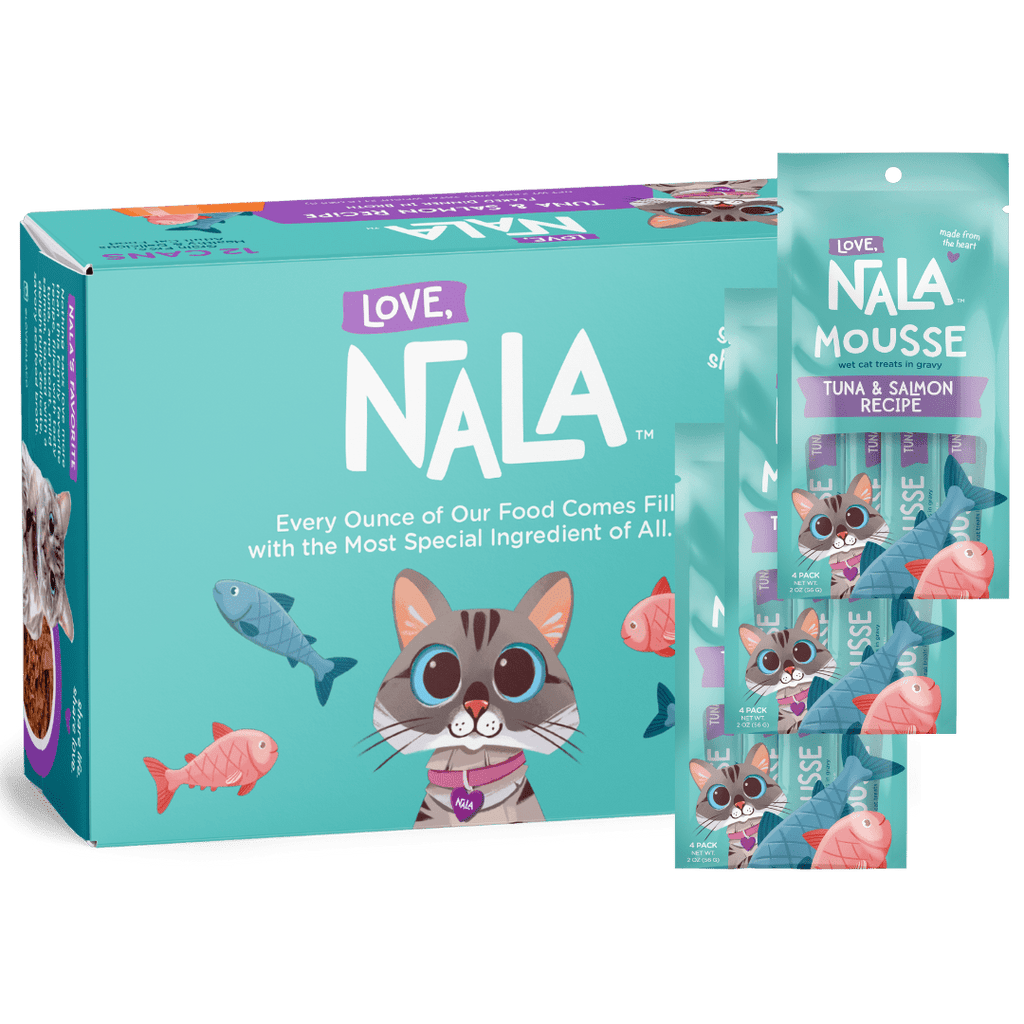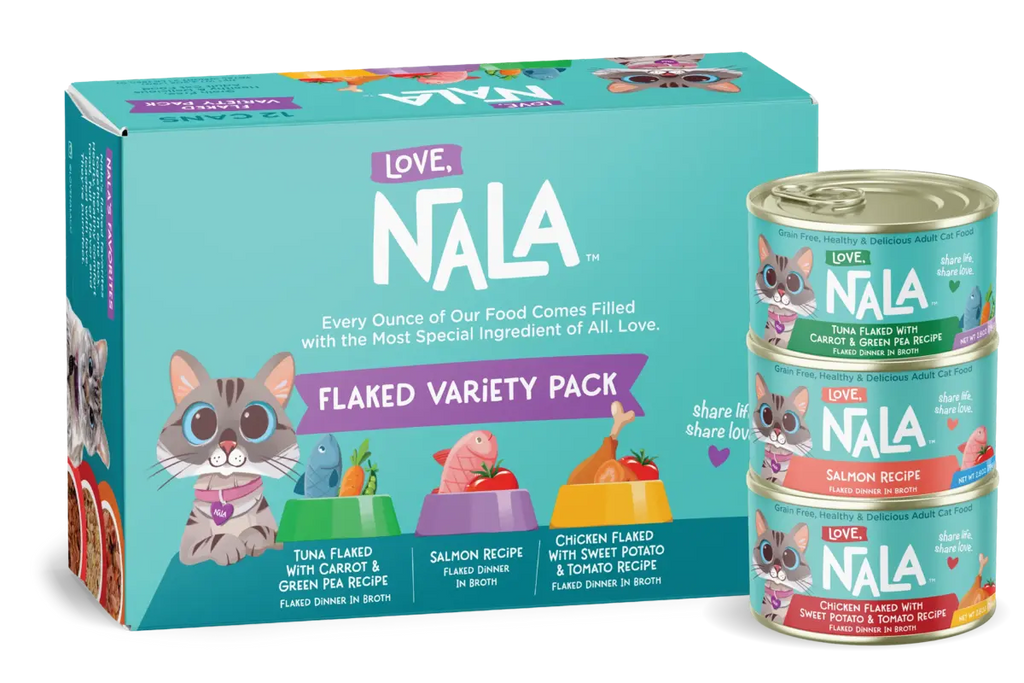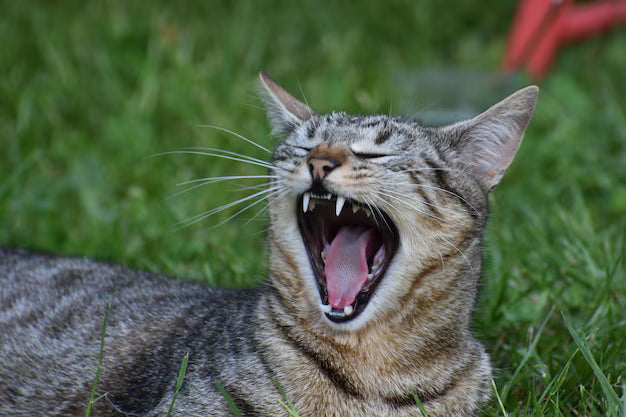Has your cat developed tummy troubles such as eating much less than usual, or becoming a picky eater, vomiting after meals, or delivering less than perfect poops? If so, they may benefit from some extra digestive support.
Here are a few ways to best support your cat’s digestive issues and get them feeling better!
Vomiting
If your cat has been vomiting hairballs, you can try grooming them more often. When cats groom themselves, they ingest their fur, which forms hairballs. The more often you groom them, the less hair they will ingest! You can also try a hairball gel or treats that are meant to lubricate the digestive tract and help fur to pass through the body and prevent hairballs from forming.
Cats also tend to vomit when they eat too fast. You can try feeding your cat on a licky mat or in a puzzle feeder rather than out of a bowl to get them to slow down.
Constipation and Diarrhea
While it’s far from glamorous, it is essential to monitor your cat's poop. Changes in stool consistency, color, or frequency can indicate underlying health issues. Healthy cat poop is typically brown in color (due to the presence of bile), well-formed, and neither too hard nor too soft. Cats typically poop once or twice a day.
If you notice any concerning changes in your cat's poop, such as diarrhea, constipation, visible worms, parasites, or blood in the stool, change in color, or a foul smell, you should schedule an appointment with a veterinarian. A vet can determine the underlying cause of the issue and recommend appropriate treatment, which can include dietary changes, medication, probiotics, supplements, or additional diagnostic testing.
Monitoring your cat's poop can provide valuable insights into their digestive health and potentially detect any medical issues early on, helping you to keep them happy and healthy.
Lack of Interest in Eating
If your cat has lost interest in eating, you should definitely schedule a vet visit. While you wait for your appointment, though, there are a few things you can try. Microwave their wet food for a few seconds, which will bring out the smells and hopefully entice them to eat. You can also add some mousse treats or another tasty treat on top of their food to convince them to take a few bites. If they’re used to eating kibble, try offering a high-protein wet food or air-dried food. Cats are obligate carnivores and require a diet high in protein and meat. Offering them something new and different and full of protein should get them to eat, at least a little bit.
Remember that if you want to completely change your cat’s diet, you need to transition them slowly onto the new food over the course of a week or two. Introducing a new food too quickly can cause digestive upset. For a day or two, feed 75% of their old food with 25% of the new food and mix them together. If that goes well and your cat is amenable, feed 50% of the old food with 50% of the new food for the next few days, working your way up to 100% of the new food.
If your cat has a sensitive stomach or difficulty when changing to a new diet, you can try giving them a digestive supplement containing enzymes that support proper digestion and a healthy digestive tract. Supplements can ease their tummy troubles and they come in chew from so cats eat them up just like a treat.
Digestive issues aren’t fun for anyone, but with these tips and tricks, your cat should be feeling better than ever in no time!
Love, Nala